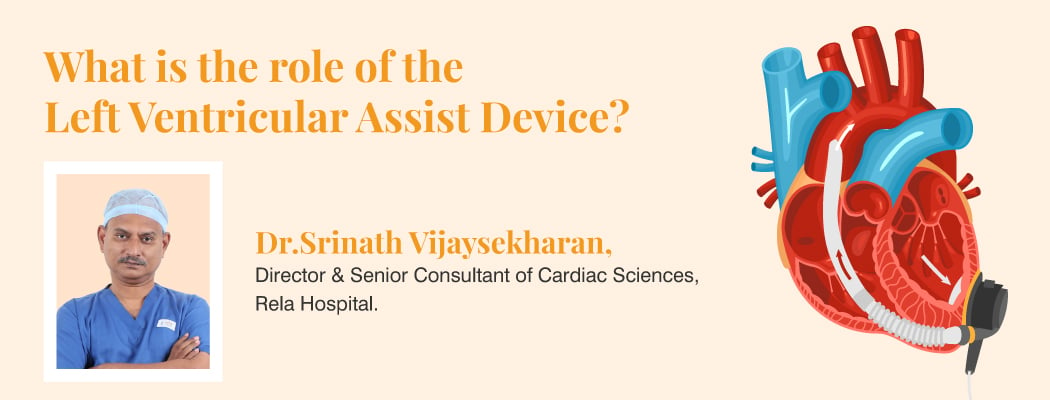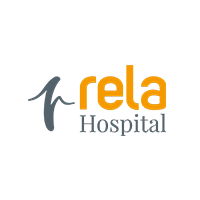What are the signs of dyslexia in children?
March 18, 2024

Dyslexia
Dyslexia is a learning disorder which causes problems for your brain’s capacity to comprehend written text. Individuals who suffer from dyslexia struggle with reading and associated skills. Dyslexia is a highly treatable condition.
Contents
What is dyslexia?
A learning condition called dyslexia makes reading and language-related skills more difficult. It occurs as a result of abnormalities in the way your brain interprets written language. The majority of people discover they have dyslexia in childhood, and it’s usually a lifetime condition. Developmental dyslexia is another term for this type of dyslexia.
There are three primary subtypes of dyslexia:
- Dyslexia in reading.
- Dyslexia in writing (dysgraphia).
- Dyslexia in mathematics (dyscalculia).
Having difficulty learning to read is the most prevalent symptom of dyslexia. It influences a child’s capacity to identify and work with linguistic sounds. It might be difficult for children with dyslexia to comprehend new words or break them down into small enough pieces that they can sound out. Spelling, writing, and reading become challenging as a result. Although they might make up for it by learning new words by heart, they might struggle to recall even well-known ones and take longer to do so.
What can cause dyslexia?
Dyslexia’s exact causes are still unclear, but several indicators suggest how and why most cases occur.
- Dyslexia is highly genetic and tends to run in families, with a 30% to 50% chance of a child born to someone with dyslexia also having it. Genetic conditions such as Down syndrome can also predispose someone to dyslexia.
- Dyslexia is a form of neurodivergence, indicating that the brain was not designed or does not function the way it should. Studies show that the chemistry, structure, and function of the brain differ in dyslexics.
- Events such as infections and toxic exposures can interfere with foetal development, altering the structure and function of the brain and raising the risk of dyslexia developing later in life.
What are the risk factors for dyslexia?
The development of dyslexia can be influenced by several risk factors. These factors include but are not limited to:
- Exposure to toxins: Pollution of the air and water can increase the likelihood of dyslexia. This is particularly true with nicotine, various compounds used as flame retardants, and heavy metals such as lead or manganese.
- Limited access to reading materials: Children raised in homes with limited access to reading materials or discouraged reading habits are more likely to develop dyslexia.
- Constraints of the learning environment: Children who receive less learning support at school or similar settings are more prone to dyslexia.
What are the symptoms of dyslexia?
Every individual with dyslexia experiences different indications and symptoms, resulting in a unique set of abilities and limitations.Below is a list of some of the most typical dyslexic symptoms.
Kids with dyslexia may have their writing affected in the following ways:
- Low quality writing compared to oral skills
- Messy writing with lots of crossed-out words and repeated usage of words like “wipe,” “wype,” “wiep,” and ” wipe.”
- Bewildered by similar-looking letters, especially b/d, p/g, p/q, n/u, and m/w
- Messy letter formation and a lot of “reversals” in the handwriting
- Misspelling a term multiple times in a single piece of writing
- Creating word anagrams, such as “tired” for “tried” and “bread” for “beard.”
- Producing written work that is ill-organised and deviates from the margin
- Inappropriate spelling and phonetic writing due to poor pencil grip are not age- or ability-appropriate.
- Employing a peculiar letter or word order
Kids with dyslexia face the following problems while reading:
- Reading progress is slow.
- Has trouble separating sounds into separate syllables and understanding the beginnings and ends of words.
- Has trouble fitting letters together.
- Words are spoken strangely.
- Poor understanding of what is being read and without expression.
- Reading slowly and laboriously, particularly when reading aloud.
- Omitting words from reading or inserting unnecessary words.
- Unable to recognize words that are familiar.
- Finding it difficult to identify the most crucial details from a paragraph.
- Losing the meaning of a tale they are reading or writing.
Kids with dyslexia face the following problems in dealing with numbers:
- Misunderstanding place value, such as hundreds, tens, or units.
- Bewildered by symbols like the plus and multiplication signs.
- Memory problems with anything that requires sequential recall, such as tables, the days of the week, or the alphabet.
Kids with dyslexia face the following problems with understanding time:
- Finding it tough to understand how to tell time.
- Inadequate time management
- Poor individual organisation
- Difficulty in memorising the seasons, months, day of the week, and day of their birth.
- Confusion regarding yesterday, today, and tomorrow
Kids with dyslexia face the following problems with motor skills:
- Poor motor skills causing flaws in the pencil’s accuracy, control, and speed.
- Difficulty in remembering things, such as rote learning, daily routines, and self-organisation.
- Perplexed by the distinctions between east and west, up and down, and left and right.
- Unclear choice of hands.
- Performing differently every day.
Kids with dyslexia face the following problems in their behaviour:
- Using work-avoidance strategies, such as looking for books and sharpening pencils when asked to do something.
- Appearing dreamy and not appearing to be listening.
- Getting distracted easily.
- Feeling overly exhausted as a result of the effort and focus needed .
When some of the above mentioned signs occur together with areas of aptitude, dyslexia may be suspected, requiring further investigation.
What are the ways to prevent dyslexia?
Dyslexia cannot be prevented, but it can be managed with alternative learning and reading techniques. If you notice any early symptoms of dyslexia, you should consult a medical professional. It is important to work with the school to create a personalised education plan for your child. Additionally, it is essential to prioritise your child’s emotional well-being. If your child struggles with anxiety or other dyslexia-related problems, consider seeking mental health treatment for them.
How can dyslexia be diagnosed?
Dyslexia is a reading issue that can’t be identified through blood testing or laboratory screenings. However, it can be identified through a thorough assessment and testing of typical indicators. When testing for dyslexia, it’s important to consider various factors such as decoding (the process of reading unexpected words via phonetically), verbal communication abilities, reading comprehension and fluency, grammar, lexical content, and word identification.
Conclusion
Though it’s not usually identified at an early age, dyslexia frequently comes to light when kids start learning to read. Many youngsters struggle with reading difficulties throughout school and into life if an early diagnosis is not made.
Children find it difficult to succeed in school when their dyslexia goes undetected. By the time a child is diagnosed with dyslexia in the second grade, they have more time to learn and read in alternative ways.
Some people’s misconceptions regarding dyslexia have caused them to think that those who have it are not intelligent. Despite being inaccurate, children may suffer because of this notion.
Frequently Asked Questions
1. Is autism a type of dyslexia?
Autism and dyslexia are two different neurodevelopmental disorders. Autism spectrum disorder is a type of neurodevelopmental disease, while dyslexia is a particular learning impairment.
2. Is dyslexia always a type of learning disability?
Not every case of dyslexia leads to a learning incapacity. The most common form of dyslexia is developmental dyslexia, which is a learning disability. However, there is another type of dyslexia that is less common. This type of dyslexia is acquired dyslexia, which can occur later in life due to an illness or medical event.
3. Do letters seem flipped or rotated when someone has dyslexia?
Not always, but occasionally. One disorder that may alter how you perceive writing and letters is dyslexia. But not everyone with dyslexia exhibits the same symptoms.
4. Is it possible for my child with dyslexia to be successful?
One prevalent misperception is that dyslexia is an illness. The idea that someone who has dyslexia is less intelligent is another common myth. These two concepts are untrue. In actuality, evidence indicates that dyslexia and IQ are unrelated. Many dyslexics go on to achieve great success in their chosen careers.
5. When should my child’s dyslexia be tested?
Early assessment is crucial for children with learning difficulties. It permits them to learn new reading methods sooner, which is especially important as reading demands increase with age. Identifying learning disorders as soon as possible is critical.







